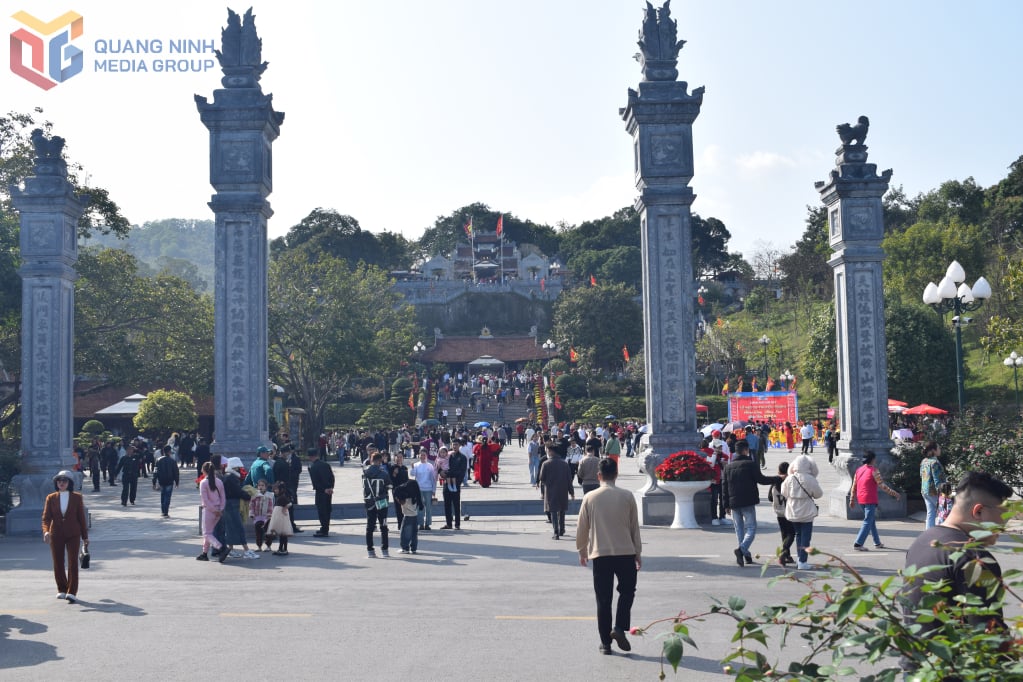
Spiritual tourism is a type of tourism in which the main activity of tourists is not only to pray for peace, luck, health, and fortune, but also to visit, worship, and make pilgrimages to places of religious and spiritual significance, thereby discovering cultural values, history, and traditional religious customs.
Cam Pha currently possesses many potentials for developing spiritual tourism such as: the special national historical relic site of Cua Ong - Cap Tien temple, Pha Thien pagoda, Cao Son pagoda, Cao Lam pagoda.
Notably, the National Historical Site of Cua Ong - Cap Tien Temple has long been a sacred traditional cultural and religious space not only for the people of the Mining Region but also for visitors from all over the world. If you come to the temple in early spring, in addition to offering incense to commemorate Hung Nhuong Dai Vuong Tran Quoc Tang and the gods, visitors can also immerse themselves in the atmosphere of the temple festival. This is a major festival of the province, included in the list of national intangible cultural heritage.
Although living in Hanoi , every year, Tran Thi Trang's family (born in 1983) goes to Cua Ong Temple to pray for good things. Trang shared: If we cannot go to the temple in early spring, at the end of May, after the children are on summer vacation, my whole family goes to Cua Ong Temple. Having been there for many years, I have always felt the joyful atmosphere, the scenery, and the temple space is always airy with fresh flowers.
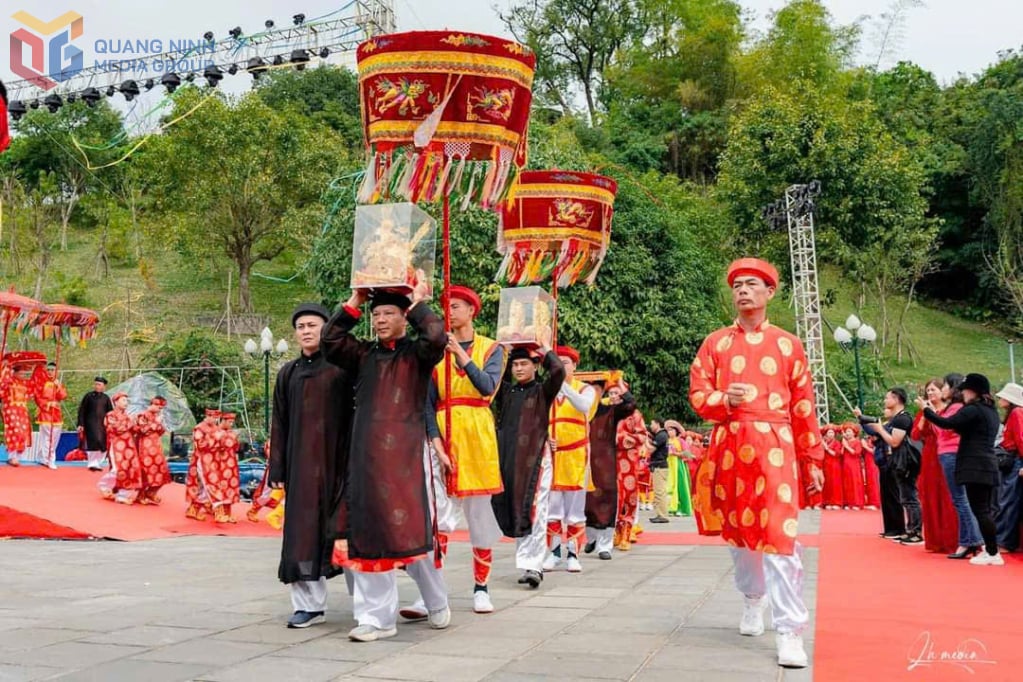
Mr. Nguyen Duy Thanh, Deputy Head of the Management Board of the Cua Ong - Cap Tien Temple Special National Historical Relic Site, said: Since the beginning of the year, the Cua Ong - Cap Tien Temple Special National Historical Relic Site has had over 300,000 visitors coming to worship and visit. To increase the number of visitors to the temple in the coming time, we will continue to focus on directing each officer, civil servant and employee to welcome visitors from all over the country to worship enthusiastically and thoughtfully.
Ensuring security and order and preventing fire and explosion will be enhanced. In addition, planting many ornamental trees and flowers in the temple grounds creates a beautiful scene as a highlight for visitors to not only come to worship but also take photos and visit spiritual tourism.
Every year, the Board still repairs urgent items to preserve the relics such as the island of tiled roofs of places of worship, building embankments around the temple, and drainage systems to protect the core area of the relics. From there, making the temple more and more majestic and sacred, visitors feel the cultural beauty of Cua Ong Temple, expressing the morality of drinking water, remembering the source for the ancestors, bringing historical and intangible cultural values.
Despite many innovations, the city’s spiritual and cultural tourism products still face many challenges. Spiritual tourism areas only attract a large number of visitors during the first few festival months of the year, after which they gradually thin out.
Religious festivals often take place in the spring, leading to overload, putting pressure on infrastructure and affecting the visitor experience. Some visitors lack awareness, affecting the respect and solemnity of sacred places.
In order for spiritual tourism to develop in the right direction, bringing traditional, spiritual, cultural and historical values, in addition to preserving and maintaining the landscape values of the heritage, the city needs to focus on increasing investment in infrastructure and support services; preserving and embellishing spiritual relics; building unique spiritual tourism products; promoting communication and promotion. Towards sustainable development, spiritual tourism will certainly contribute significantly to the growth and socio -economic development of the locality.
Source: https://baoquangninh.vn/phat-huy-tiem-nang-du-lich-tam-linh-3359304.html


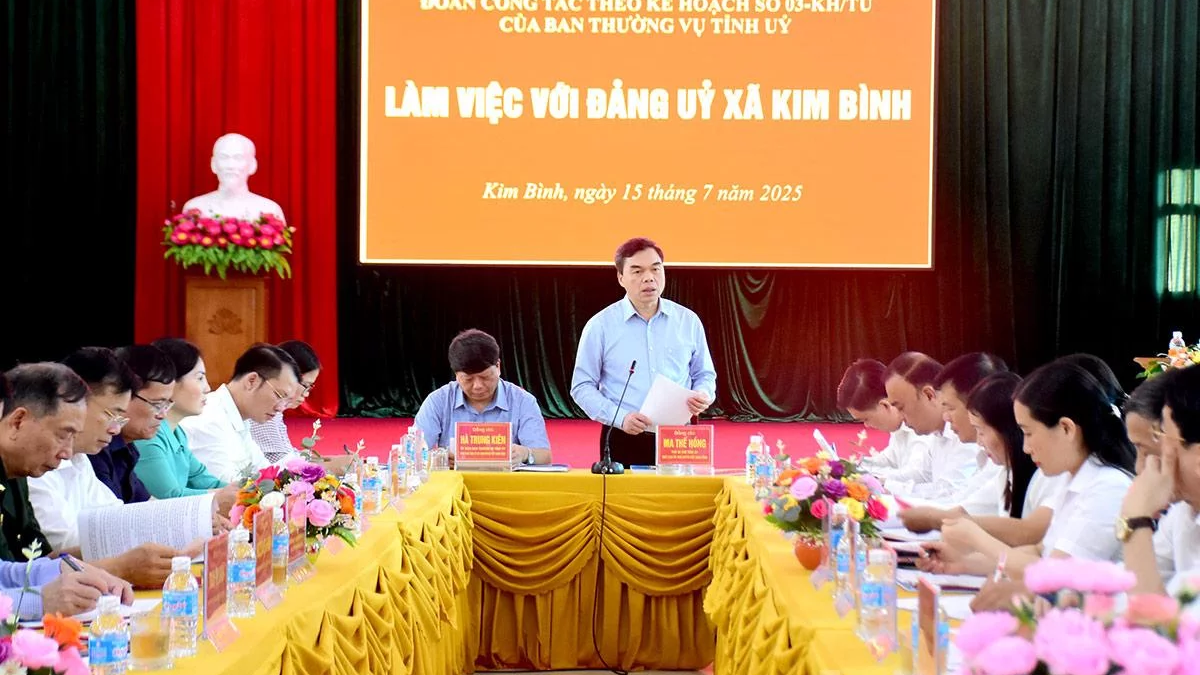
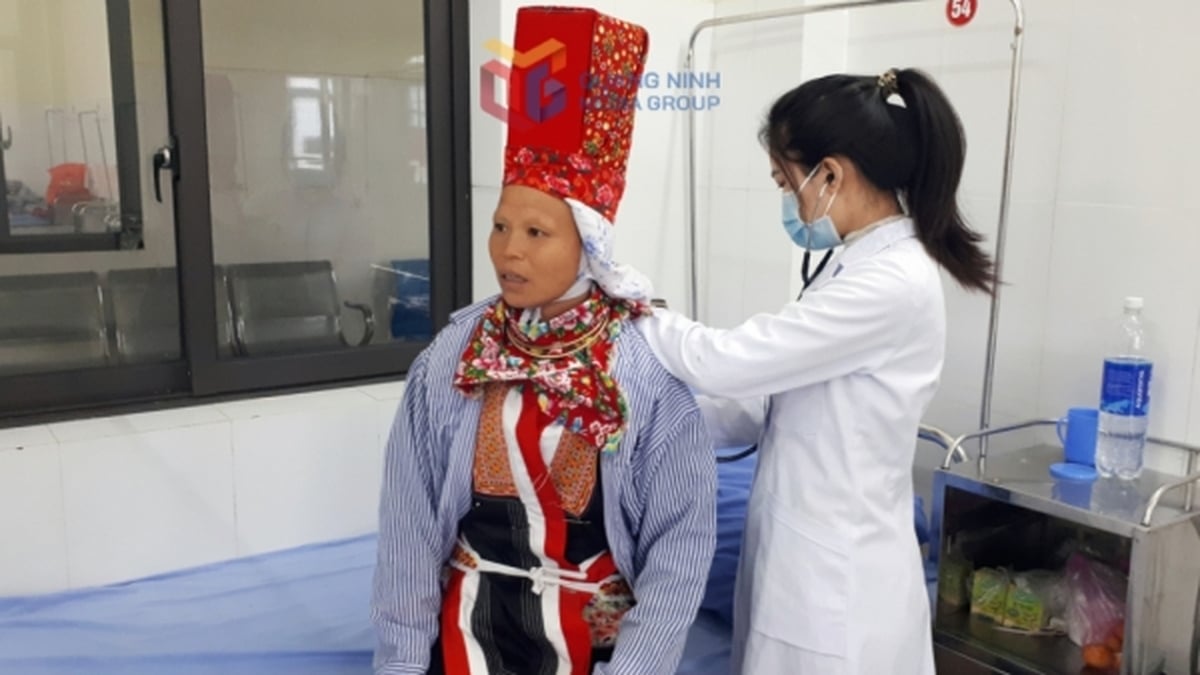
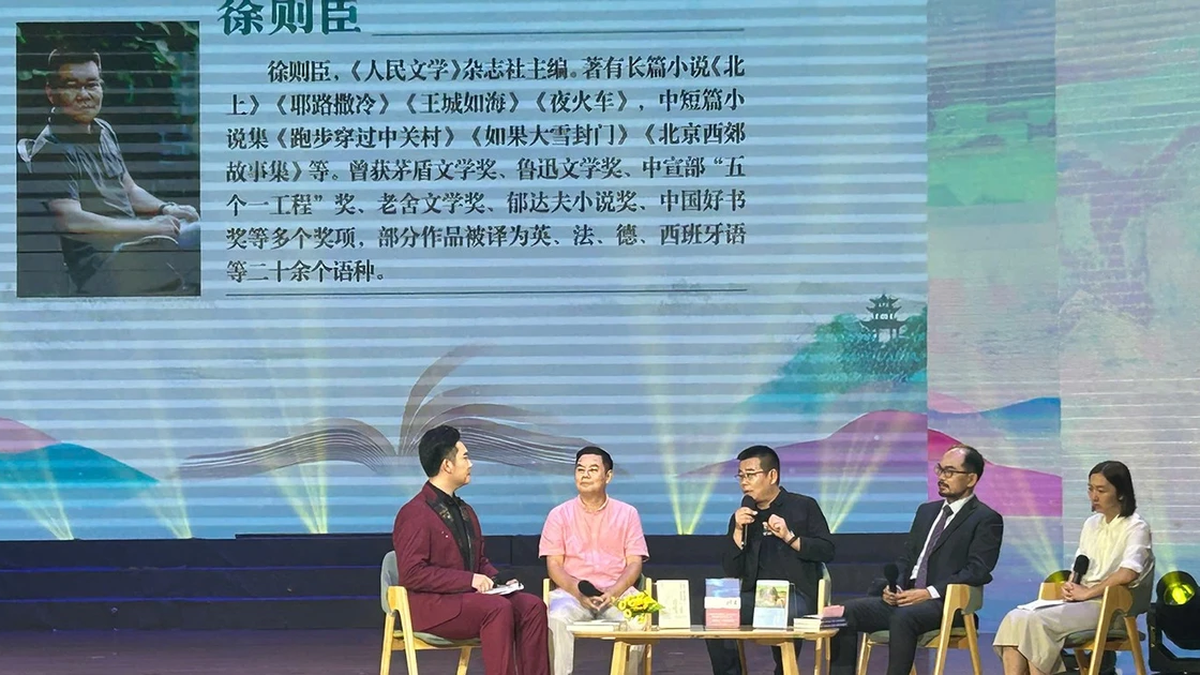
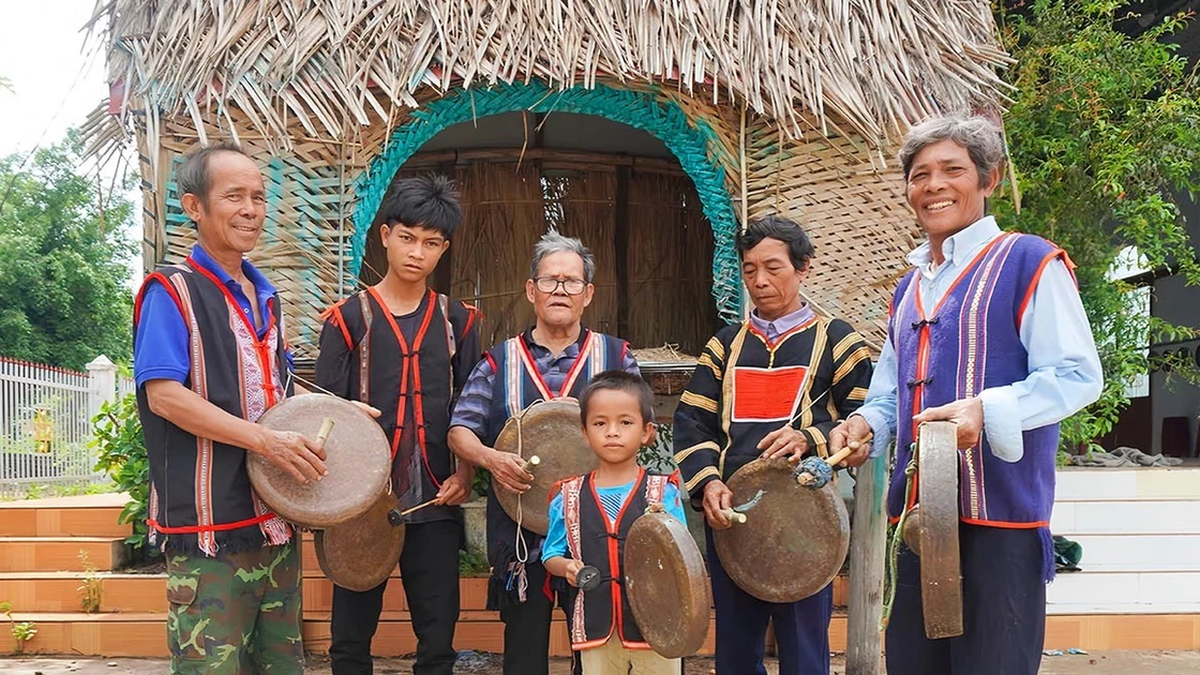
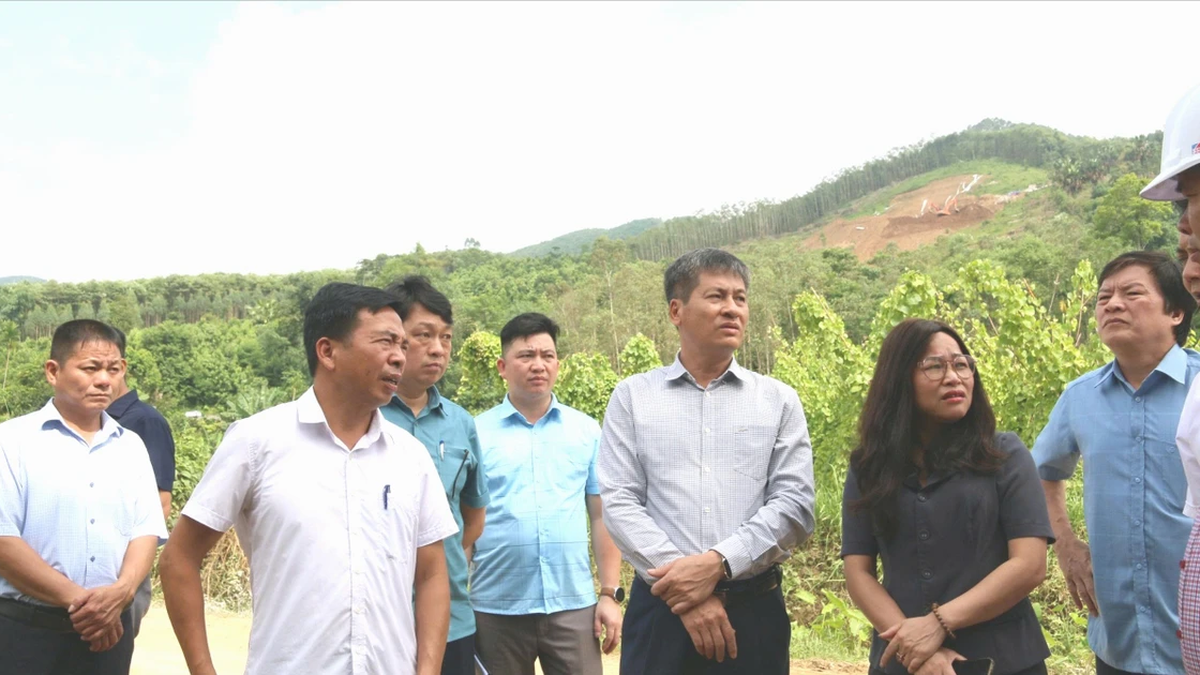
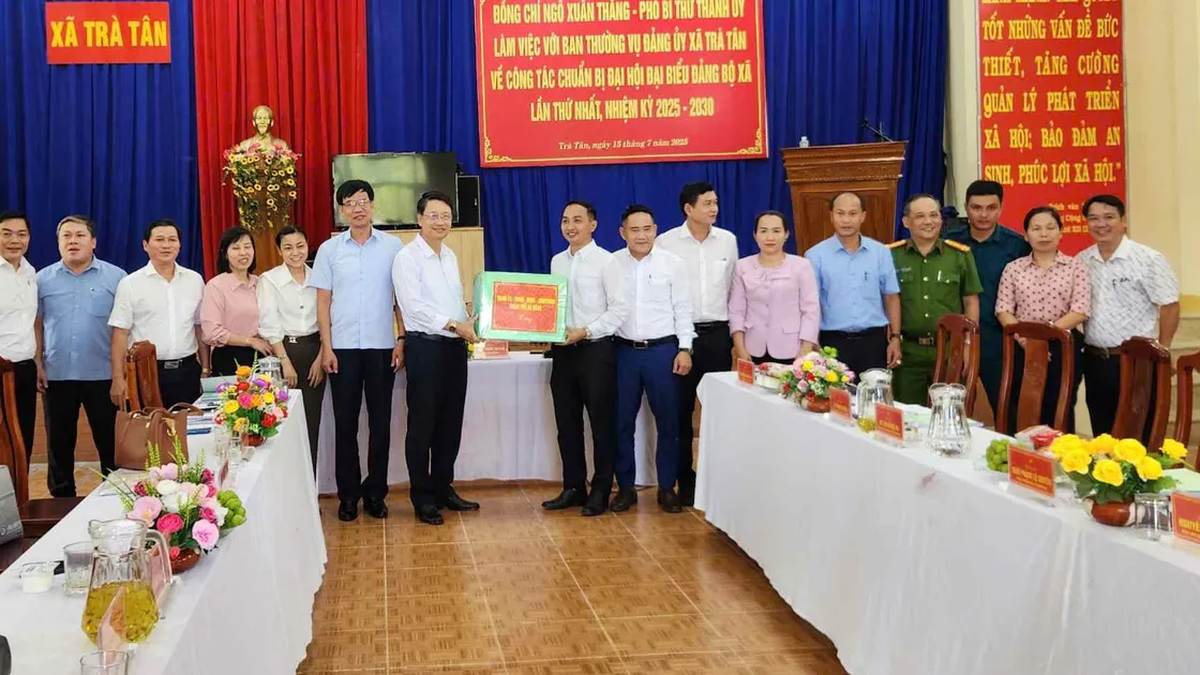
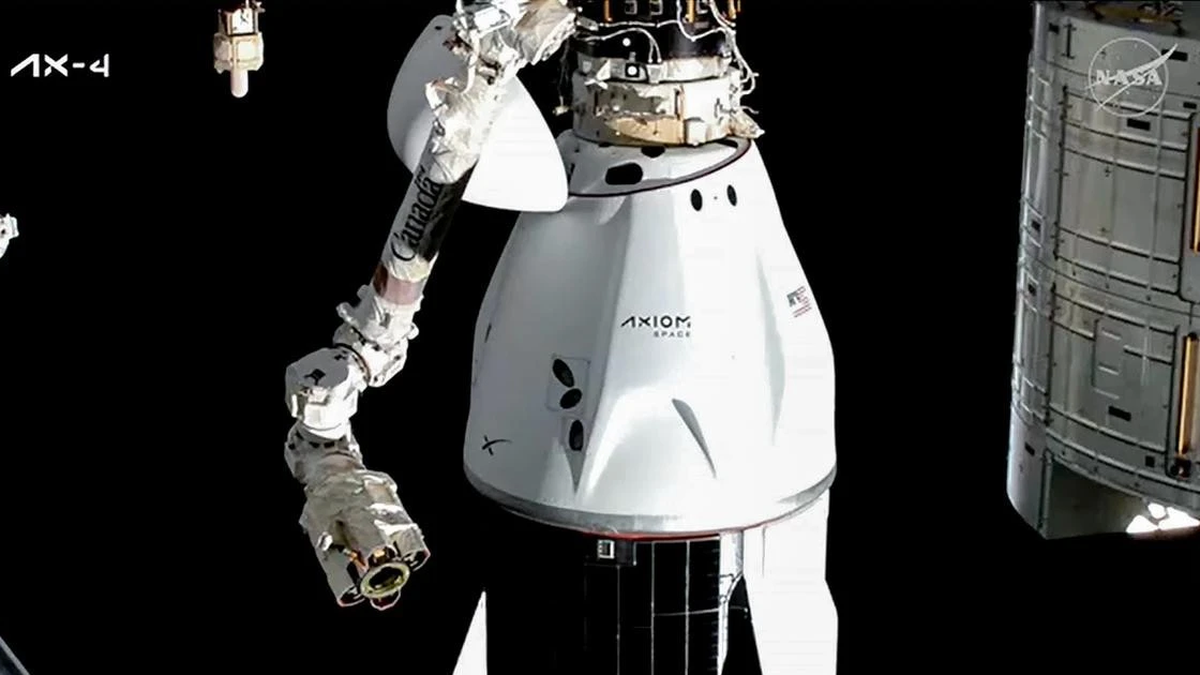
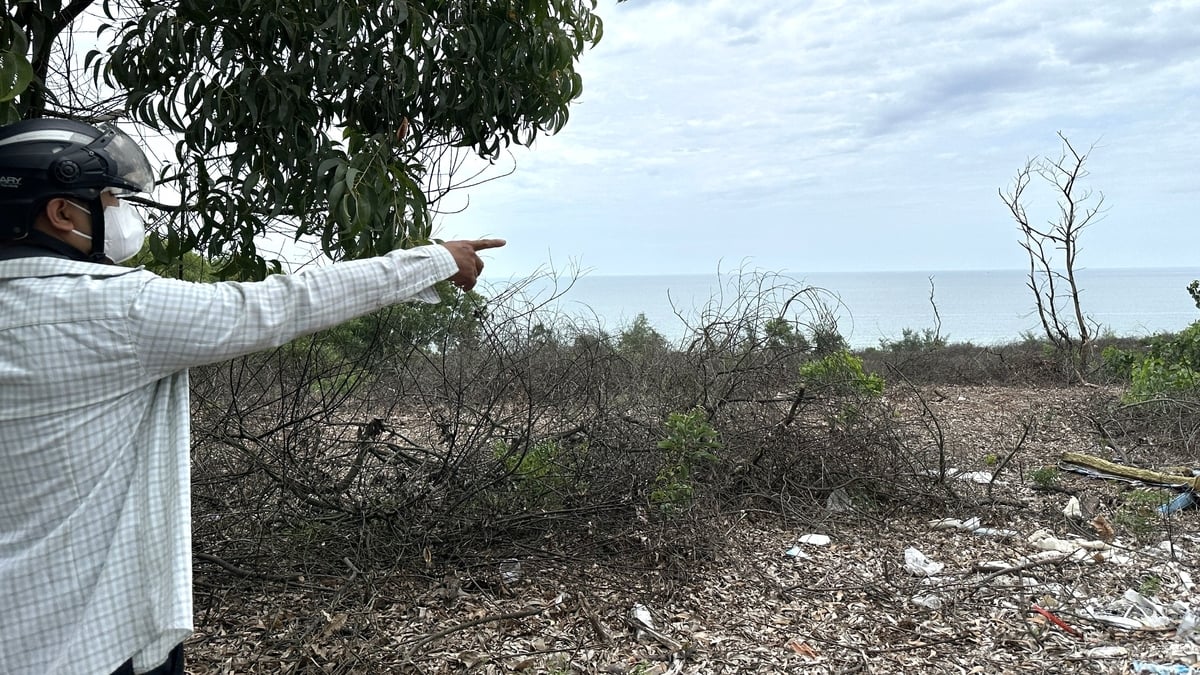

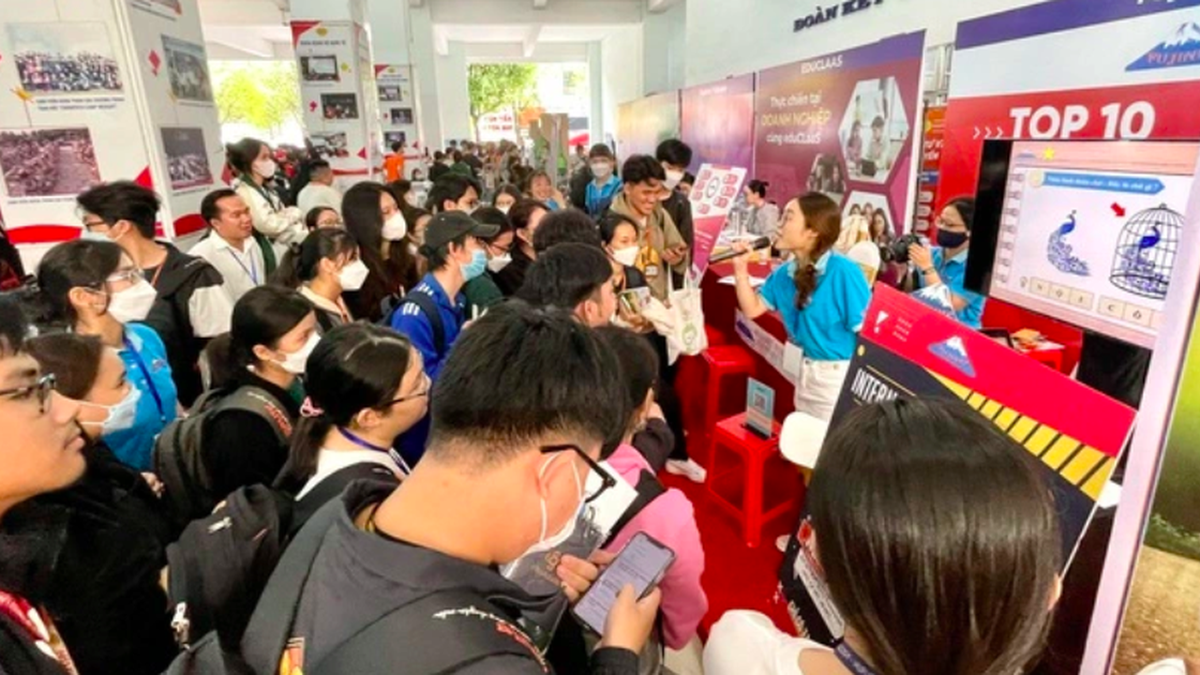










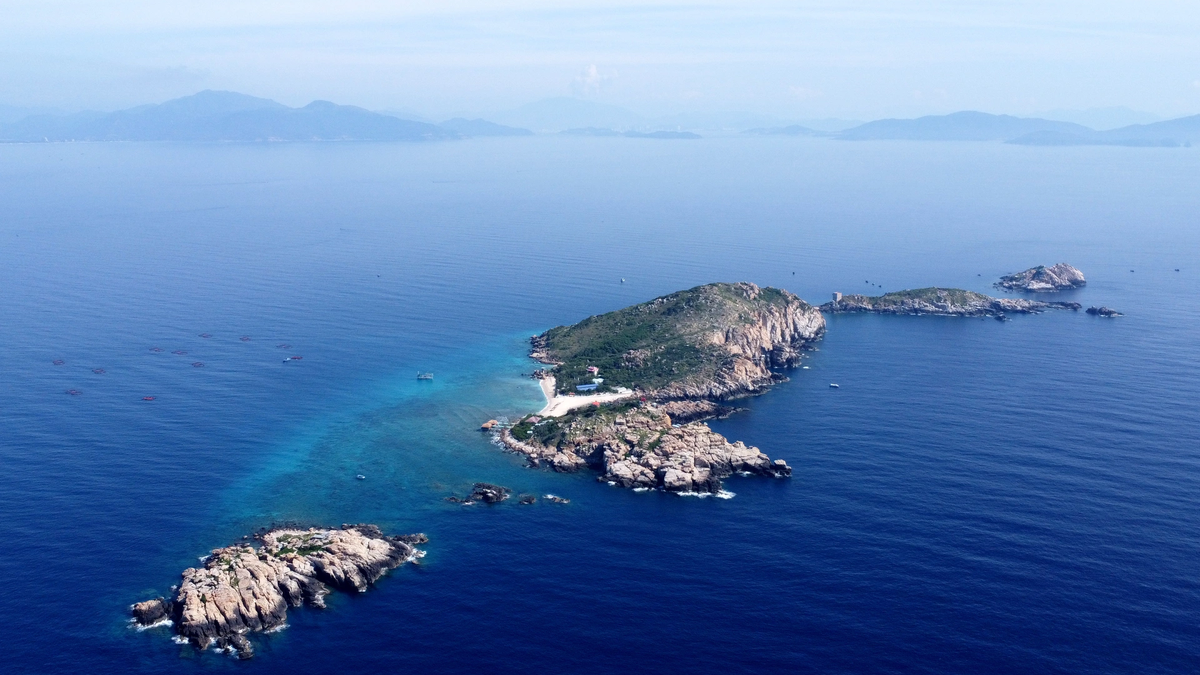



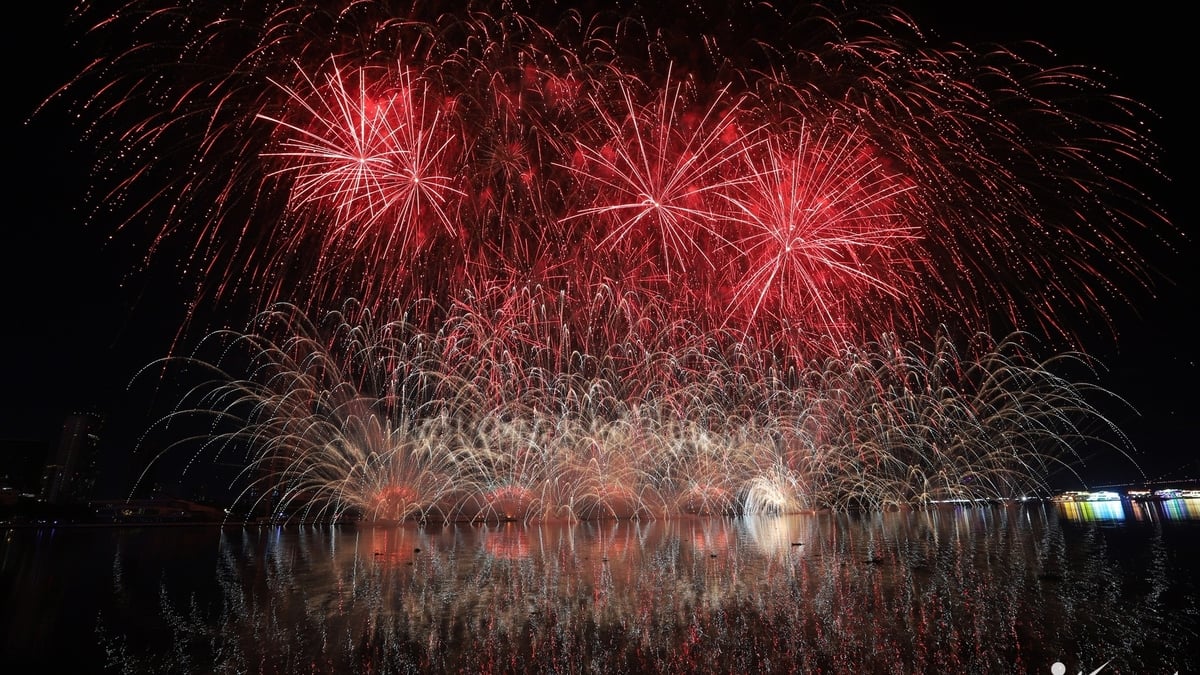
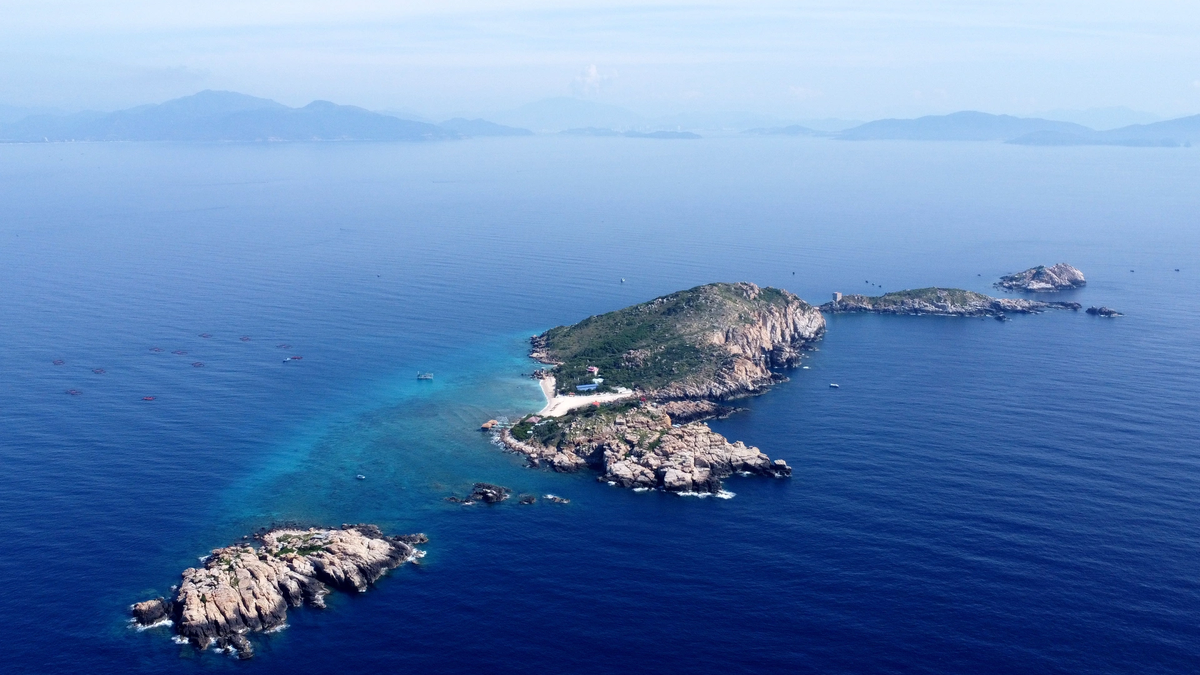
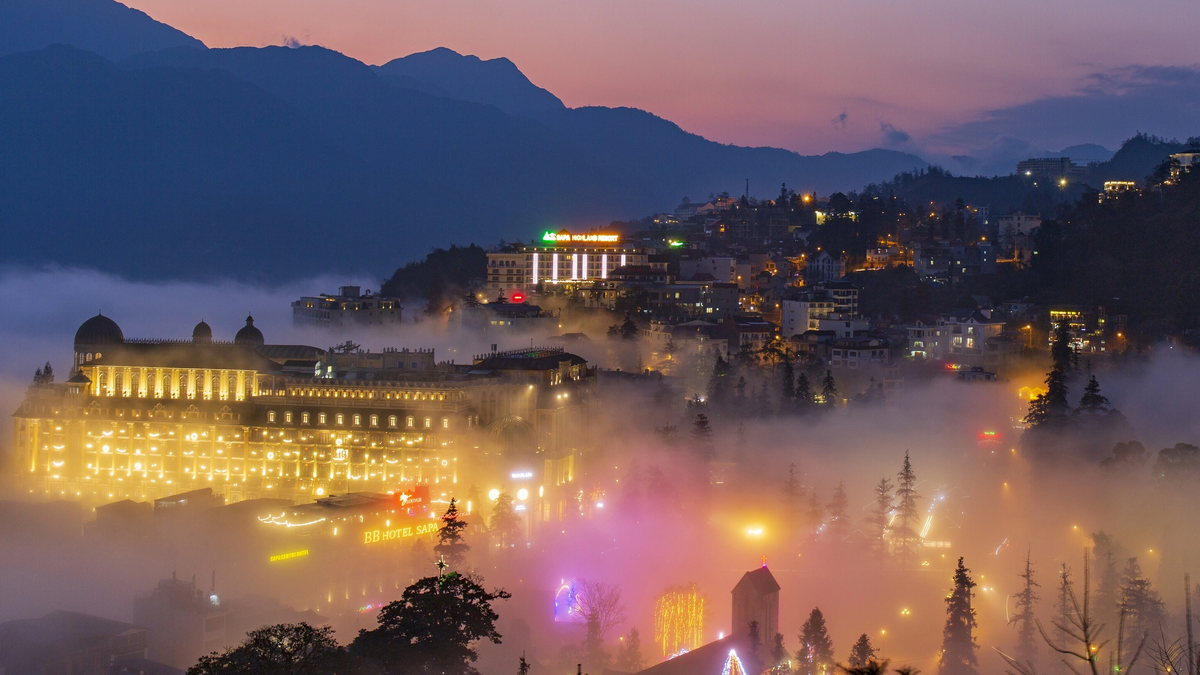
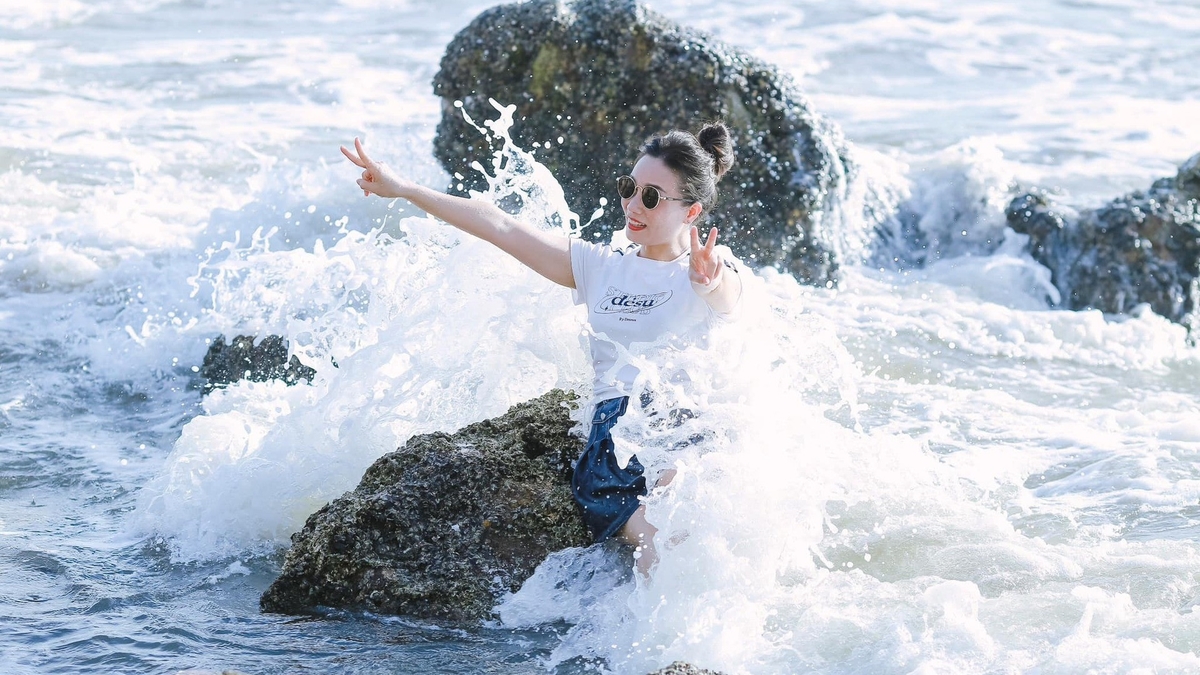
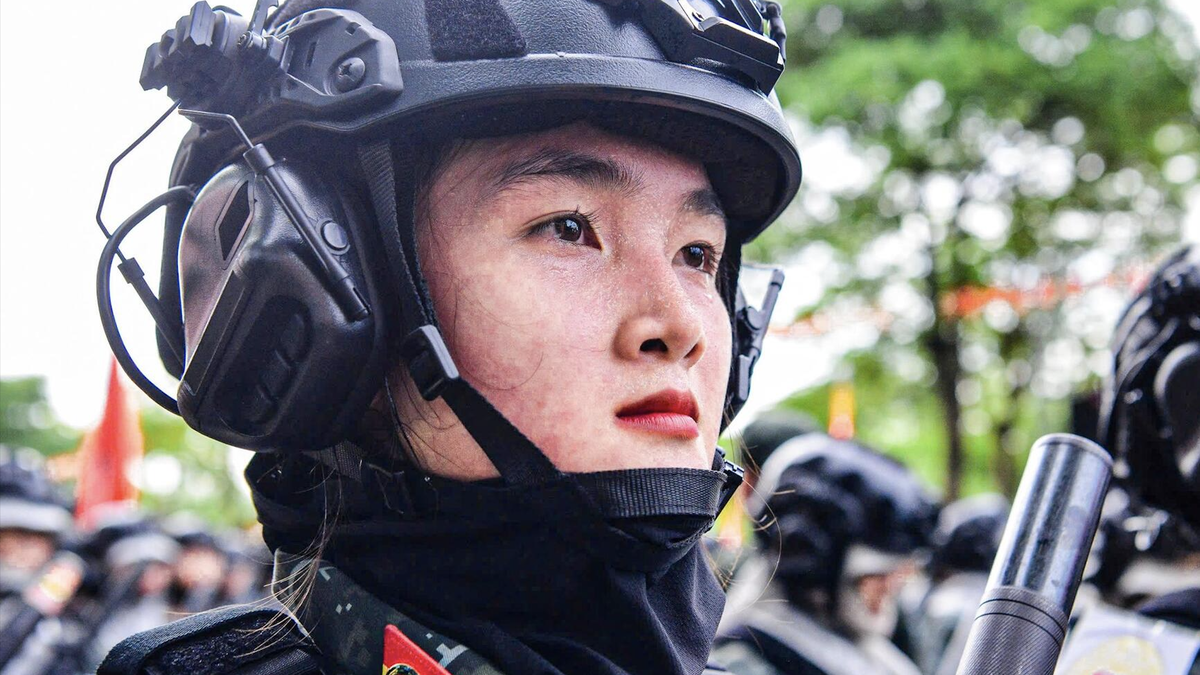
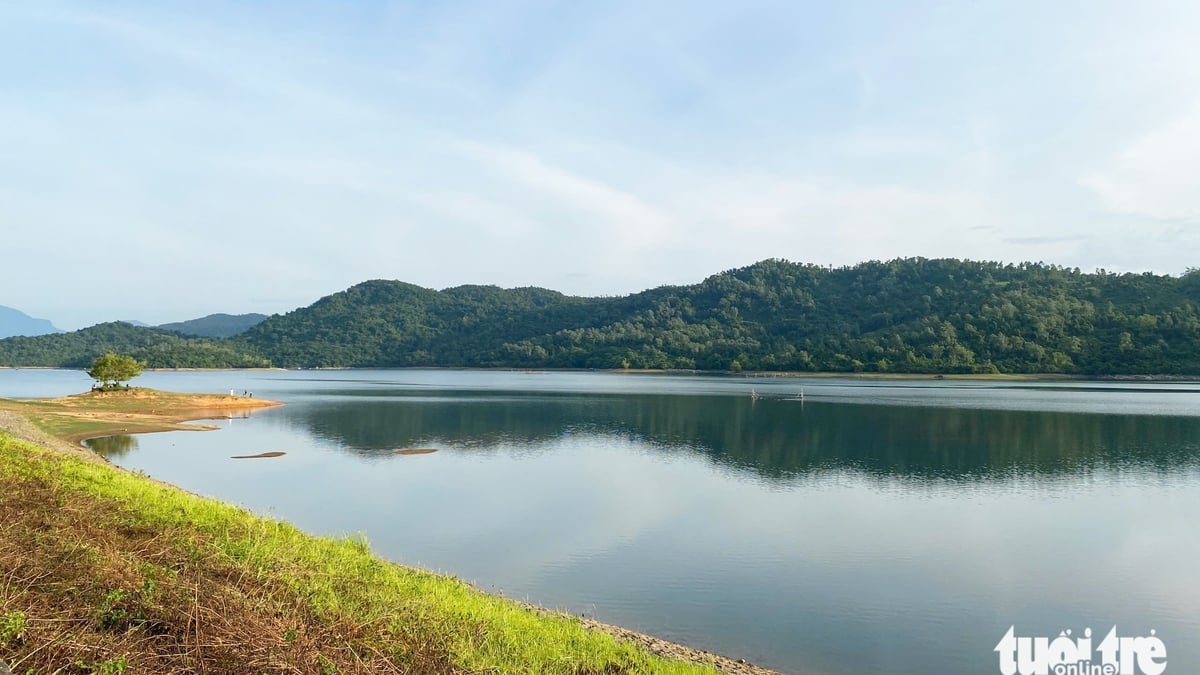
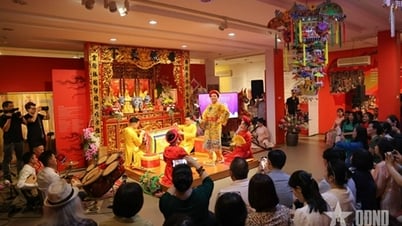

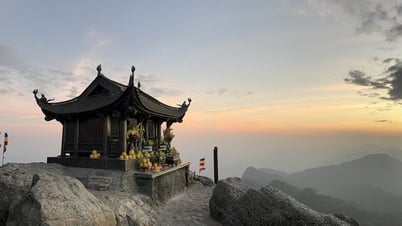

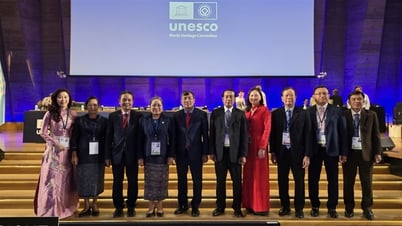

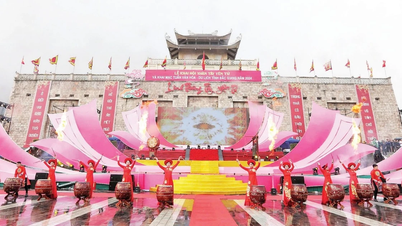

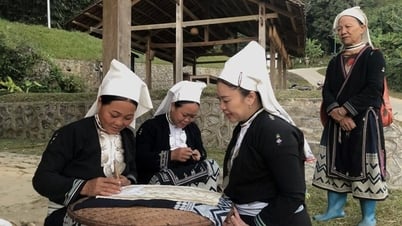

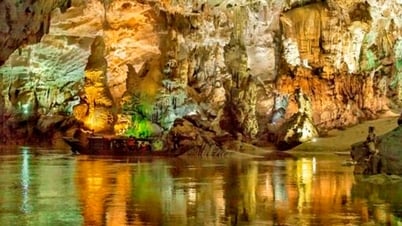

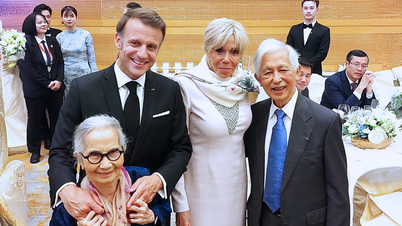

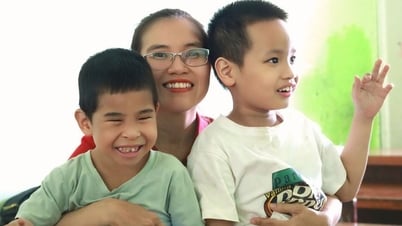



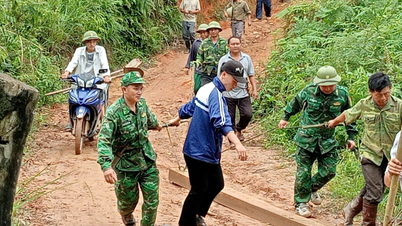
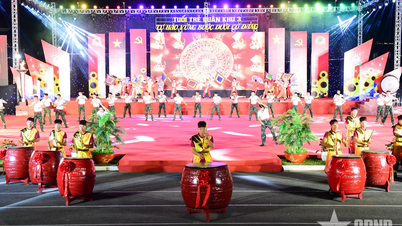
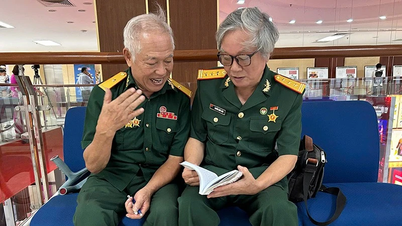
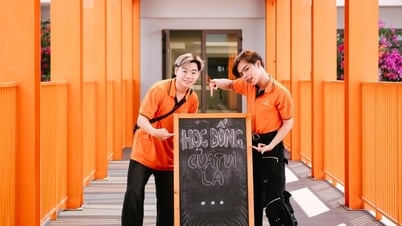

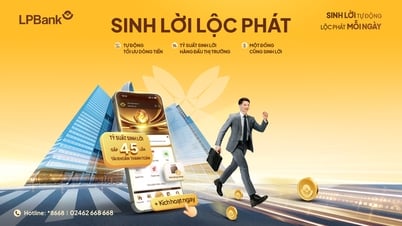

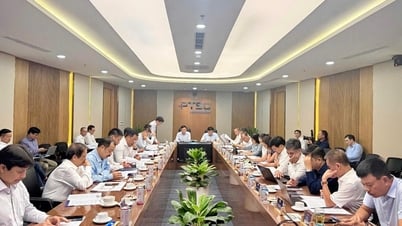

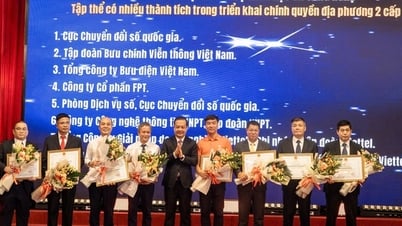






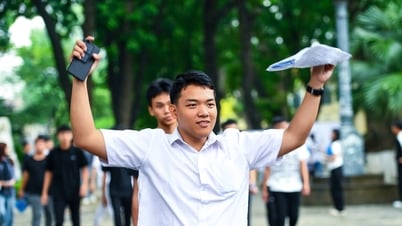


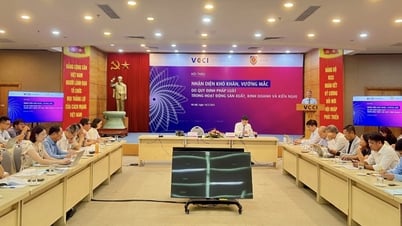

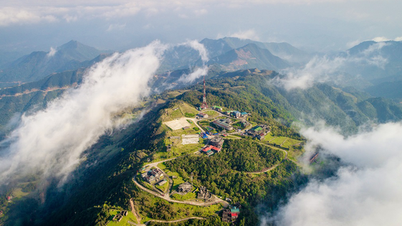

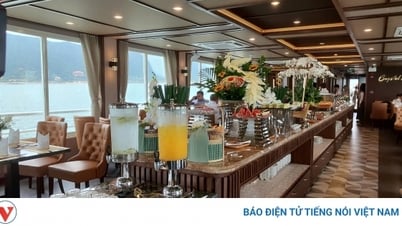
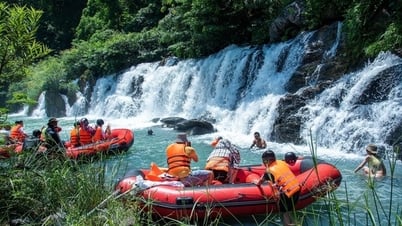
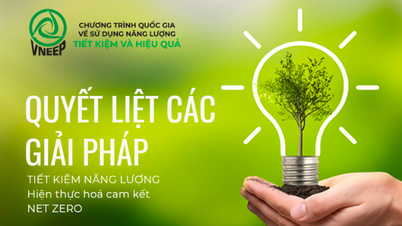

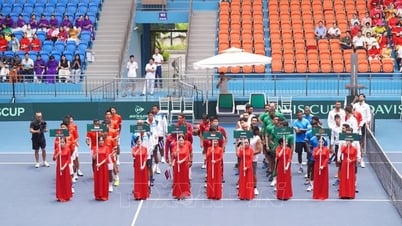
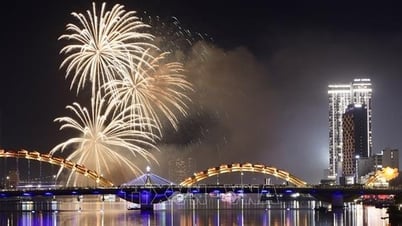







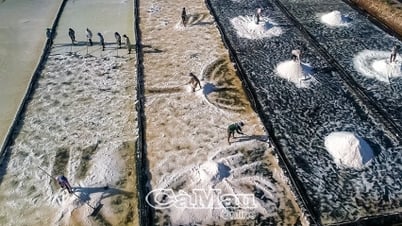

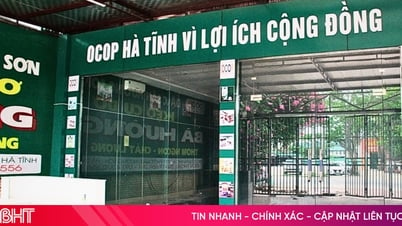

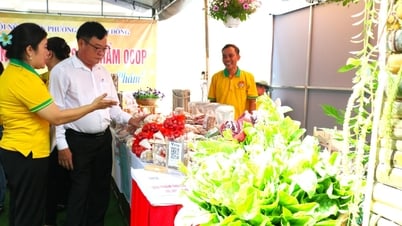

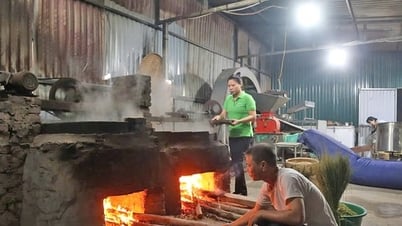

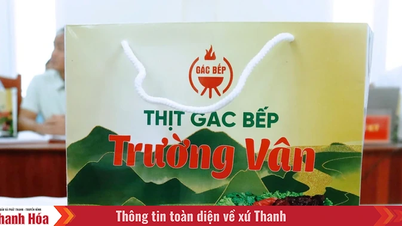

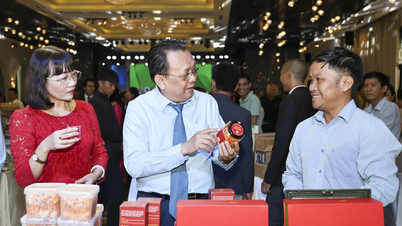


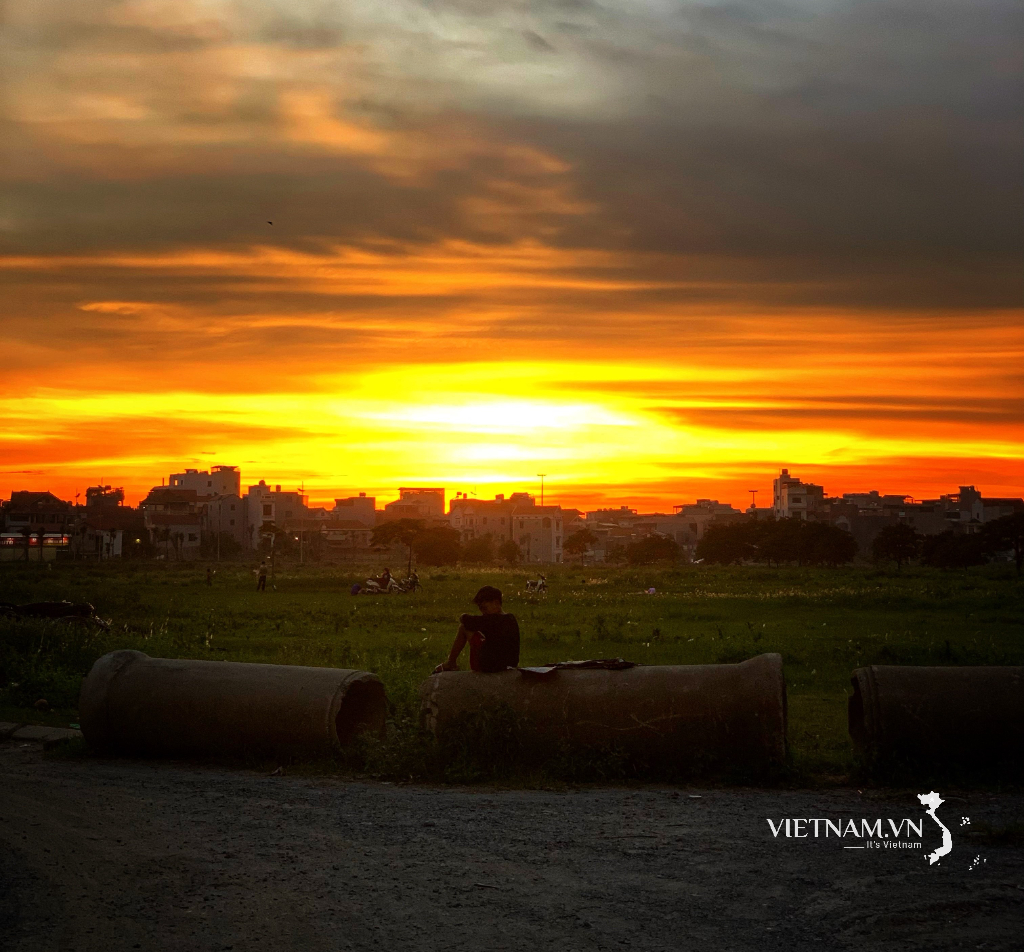

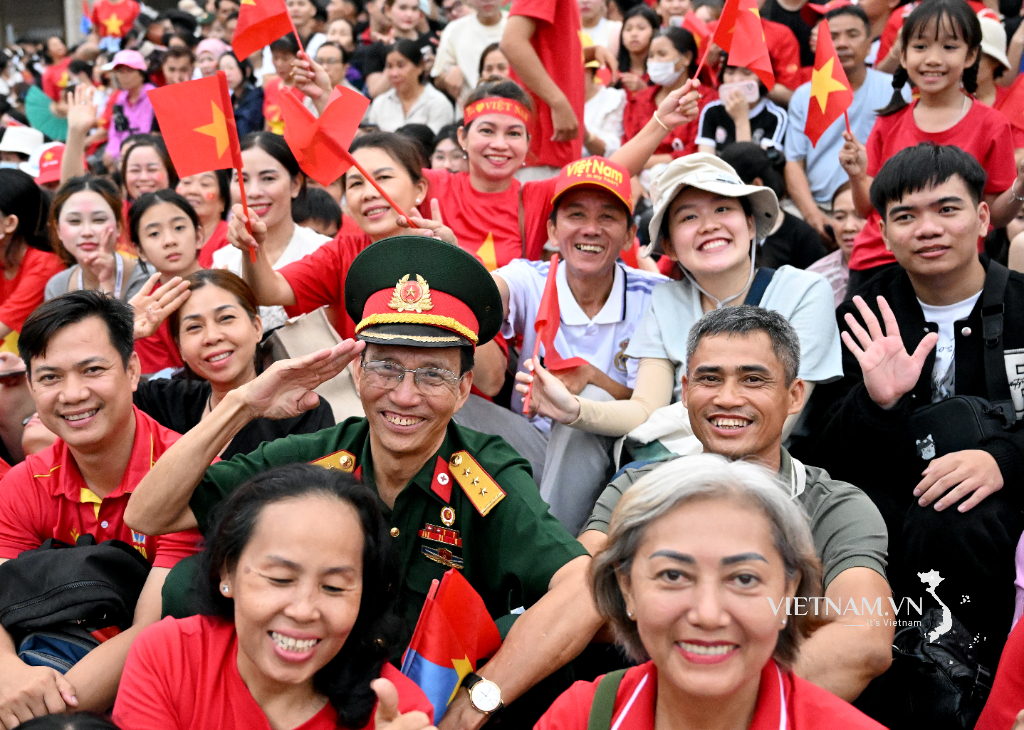
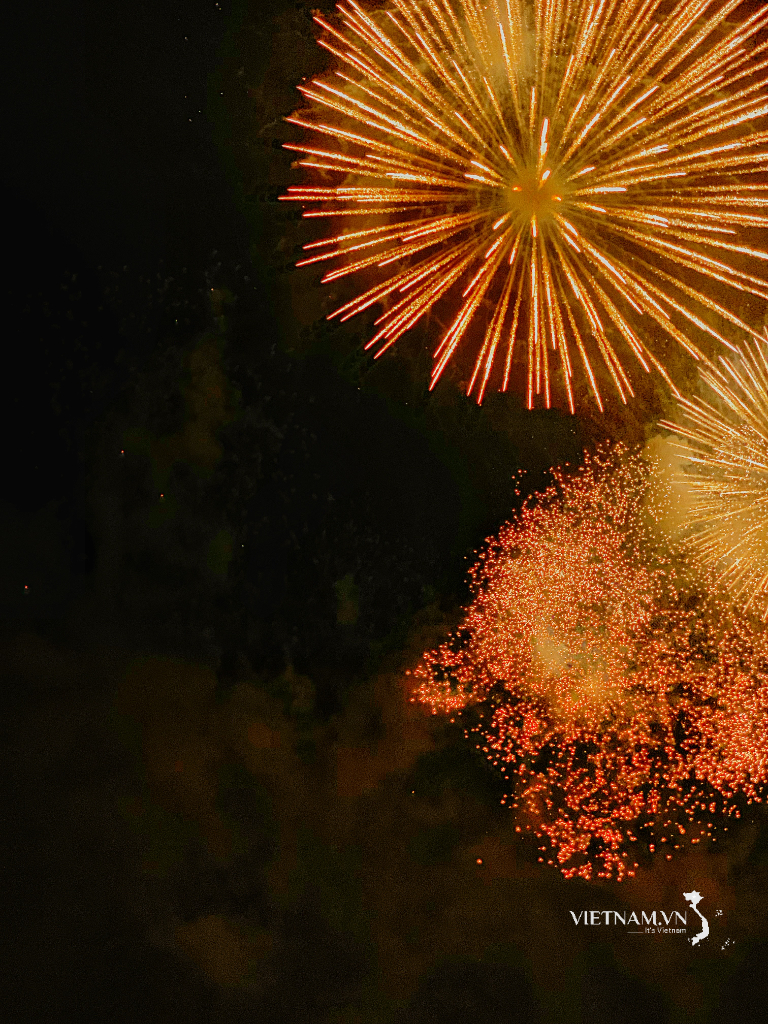
Comment (0)